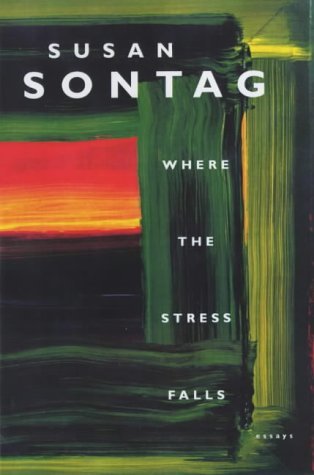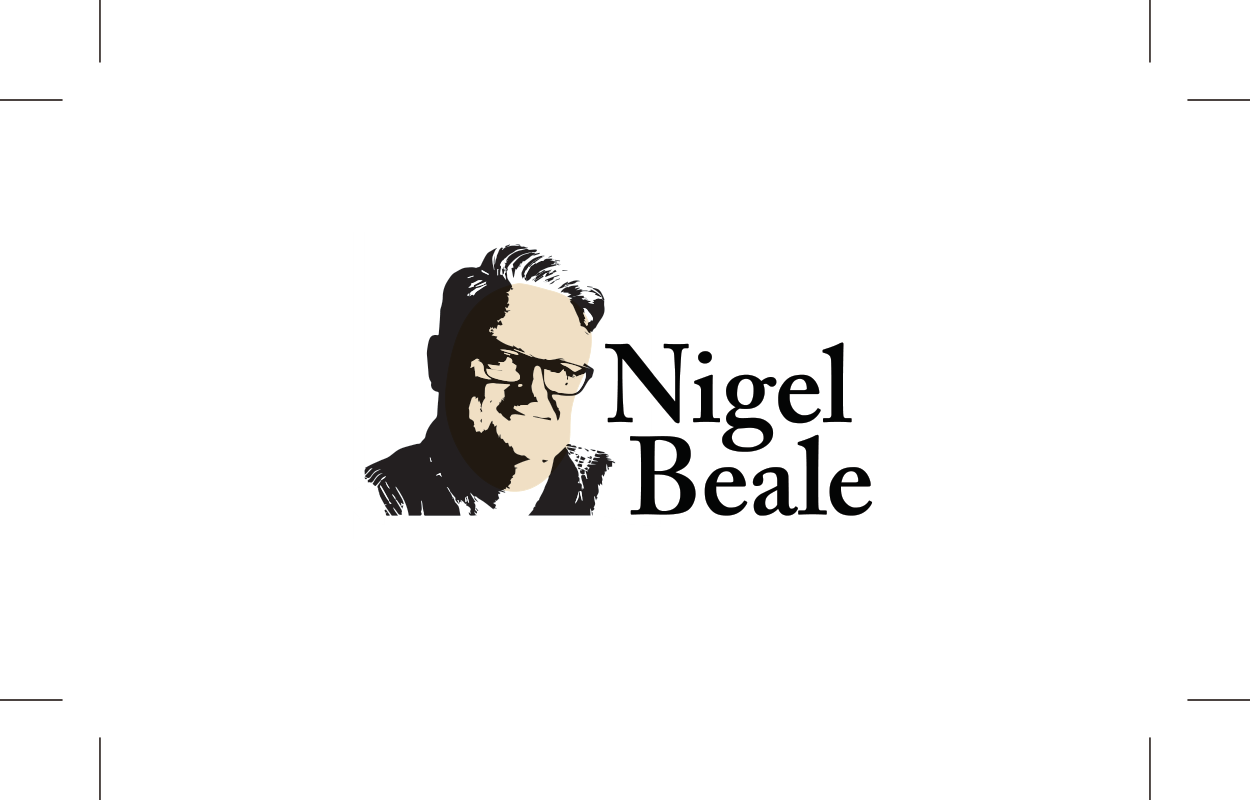Book Collecting Ideas: More than Just Content

From nudes and abstract oil, to Howard Hodgkin, Iris Murdoch, and the Private Presses…book collectors go for much more than just words on the page
As incomprehensible as it may seem to the hard core collector, there are in fact some people who actually read the books they buy. Although many obsess over the ‘book beautiful,’ valuing design, covers and bindings over everything else, most buy books for the information or entertainment contained within their pages. And for good reason; according to ‘Books in our Future,’ a 1984 report to the Joint Committee on the Library of Congress, ‘…reading books is the activity which enriches all others. There is no business, work, sport, skill, entertainment, art or science that cannot be improved by reading and whose rewards cannot be increased by books.”
One of the genuine pleasures of collecting books then is that because every activity is enriched by reading, pretty well every topic imaginable has been written about; limitations, therefore, don’t exist. No matter the topic, you will always find accompanying books: Clocks, Martians, cooking, skydiving, strip-teasers… what better way to indulge these passions than to learn about them from books you collect.
Content is assuredly why most people buy books, but for those who love them as objects there are many other reasons. A friend of mine, for example, loves nudes. He can’t afford paintings, so he collects books that have depictions of naked women on their covers. I love dust jackets with abstract oil paintings on them...Susan Sontag’s collection of essays: Where the Stress Falls is a great example. Look how smooth, shiny and fresh it appears. The funny thing is that as soon as I got this collecting idea (new ones seem to occur about once a week), I checked through my existing collection to see what I had, came up with Alan Hollinghurst’s The Folding Star, and damned if the same designer didn’t produce both. Howard Hodgkin.
So here’s another collecting option: go with the jacket illustrator. Or another: go with an author not for what she writes, but for how her books look. I have a collection of Iris Murdoch First Editions. The cover art is really attractive. Some of the best in the business were recruited by Chatto and Windus (publisher) throughout her lifetime to embellish and promote her books.
If art doesn’t do it for you, perhaps fine bindings, or typesetting, or page layout or handmade paper might: books produced from 1890-1940 by ‘Private Presses” deliver on all of these fronts. Doves, Vale, Kelmscott, Gregynog, to name a few, are renowned for the love, creativity and effort they expended on their titles. In America, Thomas Mosher (known by some as ‘the pirate publisher’), and to a lesser extent The Roy Crofters from East Aurora, New York, also produced some fine volumes. More recent, renowned printers such as The Stinehour Press are also worth exploring. These and other houses have published some of the most beautiful books since the 15th Century when fine volumes were first printed.
As Charles Ricketts put it in the bibliography of his Vale Press: “A certain amount of fine literature, owing to its quality of permanence, suggests for that reason the desirability of a beautiful and permanent form for it.” Colin Franklin concurs in The Private Presses. Most of us, he says, like to read books in pleasant surroundings – at an open window, by a river or on the rocks. The mind likes to wander and absorb, often beyond the author’s meaning, he tells us. “The river’s function, the wind’s job, is performed by the fitness of margin, the texture of paper. A fine binding is as good as a fine view. The whole slack of reading experience is taken up by the book.”
For some, the meaning of words alone will always be paramount, the method of their delivery inconsequential; for others – collectors who love skillfully crafted, beautiful objects – the form will always hold equal importance and as such will be sought after with the same enthusiasm and tenacity as that possessed by the scholar hungry for new knowledge and wisdom.

